Dinner

Refreshing Peach Iced Tea Recipe for Summer Joy
Summer is here, and nothing beats a glass of refreshing peach iced tea! If you’re looking to cool off and enjoy a delicious drink, you’ve
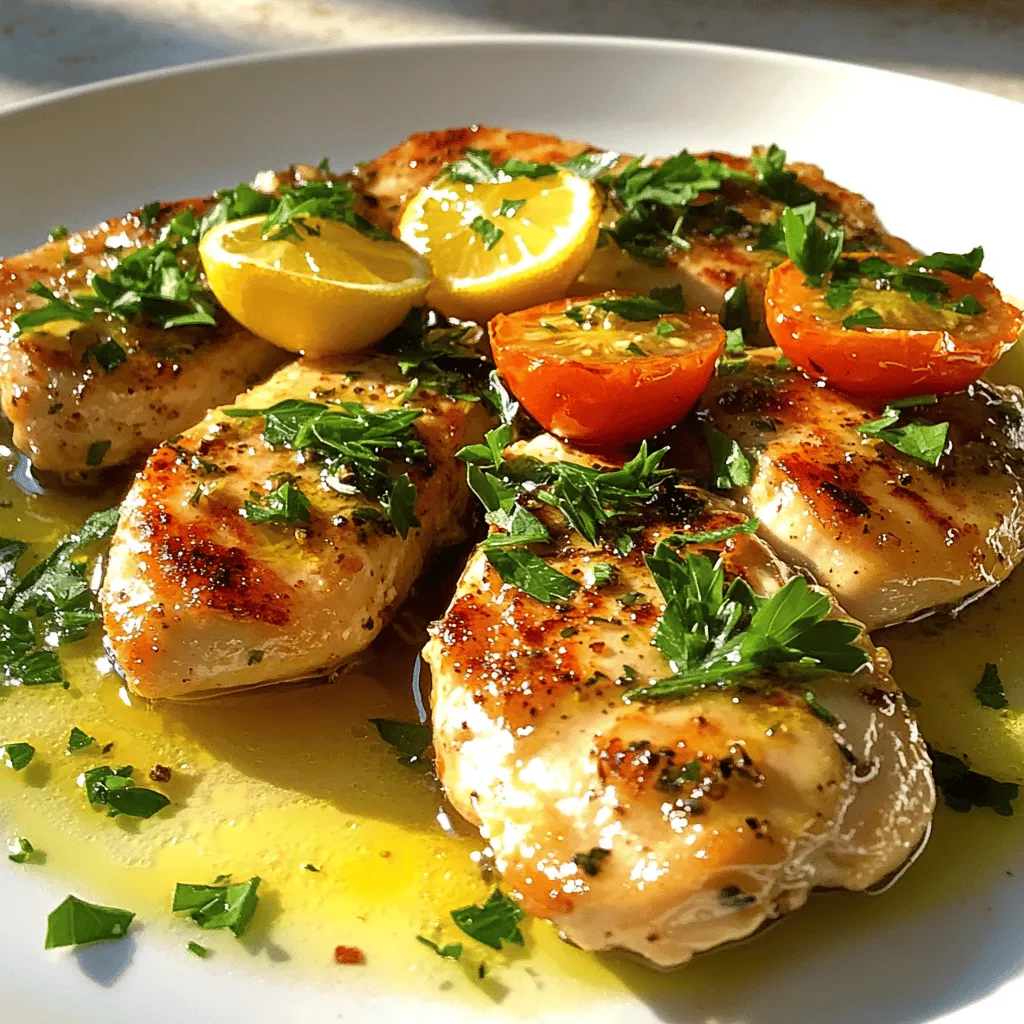
Garlic Butter Chicken Simple and Flavorful Recipe
If you love rich flavors and easy cooking, you’re in for a treat! This Garlic Butter Chicken recipe is simple yet delicious, perfect for a
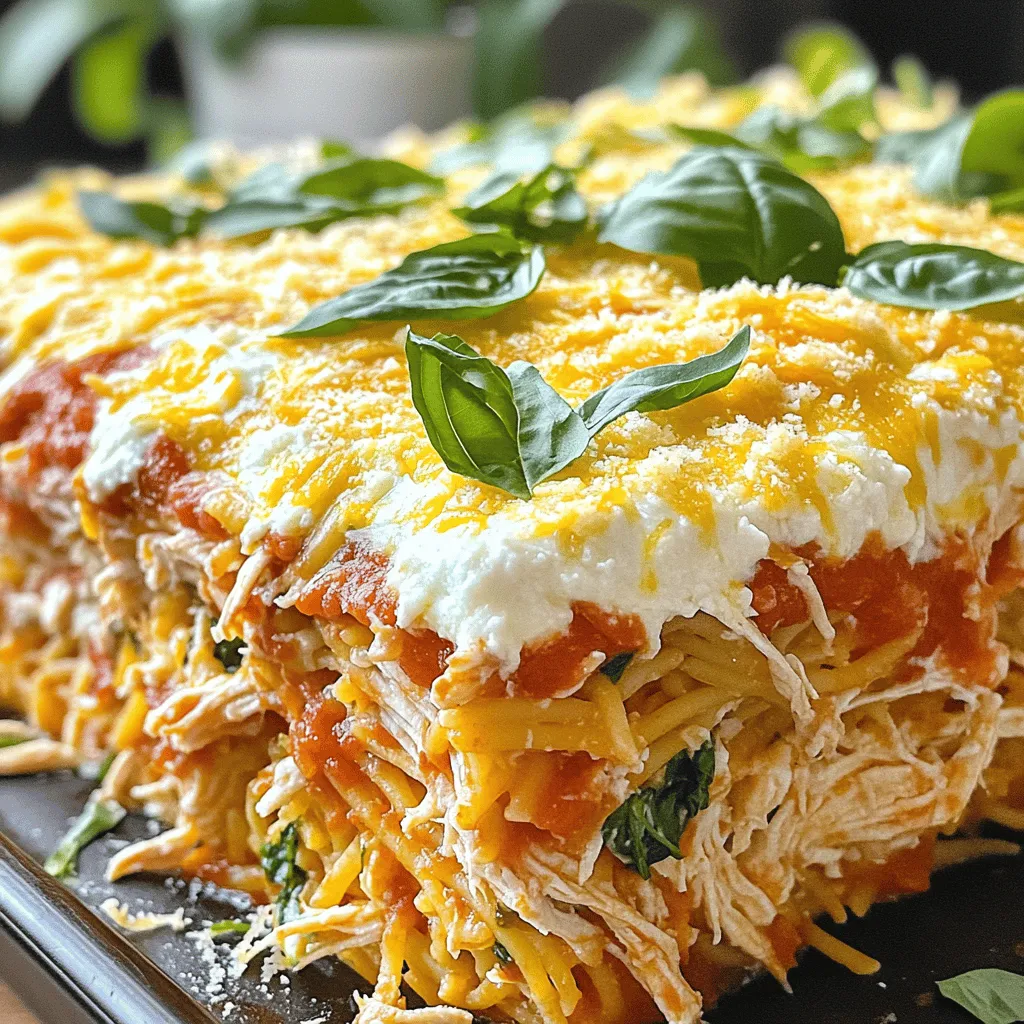
High Protein Chicken Parmesan Casserole Delight
Looking for a tasty and protein-packed meal? My High Protein Chicken Parmesan Casserole Delight is just what you need! This dish combines tender chicken, rich
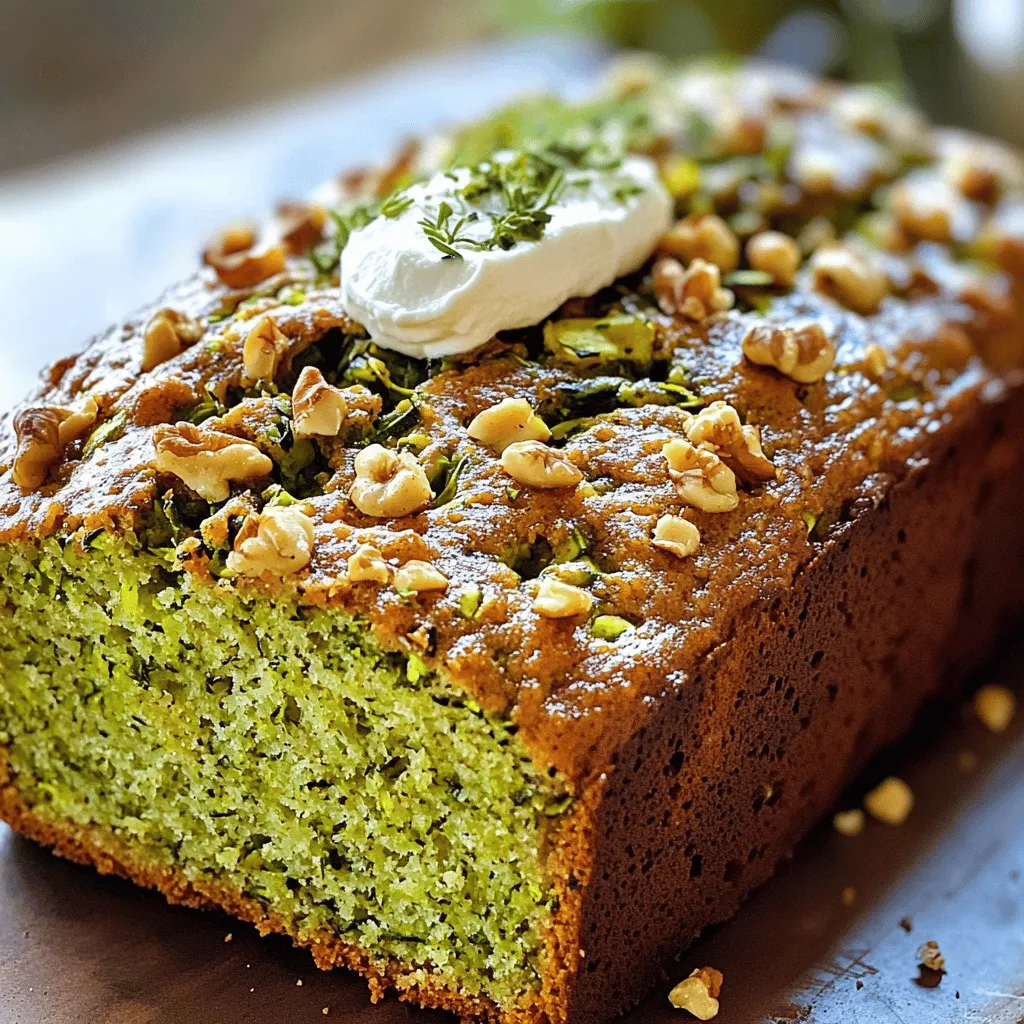
Low Carb Zucchini Bread Flavorful and Easy Recipe
Craving a delicious bread that won’t wreck your diet? Try my low carb zucchini bread! This recipe is simple and uses fresh zucchini, almond and
. To get the best flavor from your ratatouille, sautéing is key. Start by heating your olive oil over medium heat until it shimmers. This means it's ready for the onions and garlic. Cook them for about 3-4 minutes. You want them soft and fragrant but not browned. When adding the eggplant, let it cook for about 5 minutes. Stir it often to help it soften evenly. This step helps release its natural flavors. After that, you can add zucchini and bell peppers. They cook quickly, so keep an eye on them. To boost the flavor, think about adding fresh herbs like thyme or rosemary. You can also sprinkle in a bit of red pepper flakes for some heat. If you're feeling adventurous, try adding olives or capers for a briny twist. These ingredients can brighten your dish and add depth. One big mistake is overcooking the vegetables. You want them tender but not mushy. Keep an eye on the pot while it simmers. Another common pitfall is choosing the wrong veggies. Aim for fresh, seasonal produce. This gives your ratatouille the best taste and texture. For the full recipe, check out the Vibrant Garden Ratatouille section. It has all the details you need to create this dish. Enjoy cooking! {{image_4}} You can change up ratatouille based on what you have. Seasonal veggies work great. Try adding: - Bell peppers: Any color adds sweetness. - Squash: Yellow squash or pattypan can add color. - Carrots: They add a nice crunch and sweetness. - Mushrooms: They provide umami flavor. For protein, think about adding beans or lentils. They make this dish heartier. Chickpeas mix well too. They add texture and protein. Ratatouille can adapt to different cooking styles. You can bake it in the oven or use a slow cooker. Oven-baked ratatouille: - Preheat the oven to 375°F (190°C). - Layer the veggies in a baking dish. - Drizzle with olive oil and season. - Cover with foil and bake for about 45 minutes. Slow cooker variation: - Chop all your veggies. - Place them in the slow cooker. - Add broth, olive oil, and spices. - Cook on low for 6-8 hours or high for 3-4 hours. Both methods create lovely flavors and textures. Ratatouille has many regional takes. Each adds a unique flair. Mediterranean variations: - In Greece, they add potatoes and feta cheese. - In Italy, you might find olives or capers mixed in. Spicy ratatouille options: - Add red pepper flakes for heat. - Consider jalapeños for a kick. - A dash of smoked paprika offers a cozy warmth. These twists can make your ratatouille exciting and new. For the full recipe, check out the vibrant garden ratatouille. To keep your ratatouille fresh, use an airtight container. Glass or plastic containers work great. Make sure to let it cool before sealing. In the fridge, it will stay fresh for about three to four days. When reheating, use the stovetop or microwave. For stovetop, heat on low to avoid burning. Stir often to warm evenly. If using a microwave, cover the dish and heat in short bursts. Leftovers taste great on crusty bread or over rice. To freeze ratatouille, let it cool completely. Then, transfer it to freezer-safe bags or containers. Remove as much air as possible before sealing. It can last for up to three months in the freezer. For thawing, place it in the fridge overnight. Reheat on the stovetop or microwave until hot. Enjoy your flavorful vegetable delight anytime! Yes, you can make ratatouille ahead of time. This dish tastes even better the next day. The flavors meld together, making it more delicious. Cook it, then let it cool. Store it in a sealed container in the fridge. You can reheat it when you're ready to eat. Ratatouille pairs well with many sides. Crusty bread is a classic choice. You can also serve it over couscous or pasta. A simple green salad adds freshness. Grilled chicken or fish complements the dish nicely too. Homemade ratatouille stays fresh in the fridge for about 4 to 5 days. Make sure to store it in an airtight container. When reheating, the texture may change slightly. It can become softer, but the taste remains great. Yes, ratatouille is quite healthy. It includes many vegetables like eggplant and zucchini. These ingredients offer vitamins and fiber. It is low in calories and fat. Enjoying it in moderation fits well in most diets. Homemade ratatouille is a tasty dish packed with fresh veggies. We covered the main ingredients, cooking steps, and helpful tips. You learned to avoid common mistakes and explore variations. Remember, this dish not only tastes great but is also healthy. Whether you enjoy it hot or as a leftover, ratatouille is always a good choice. So gather your ingredients and enjoy making your own unique version. Keep experimenting with flavors until you find your favorite recipe!](https://roastedflavors.com/wp-content/uploads/2025/07/02805607-855e-4598-82c6-a77f37cb8008.webp)
Homemade Ratatouille Flavorful Vegetable Delight
Are you ready to savor the vibrant flavors of homemade ratatouille? This colorful vegetable delight combines fresh ingredients like eggplant, zucchini, and ripe tomatoes for
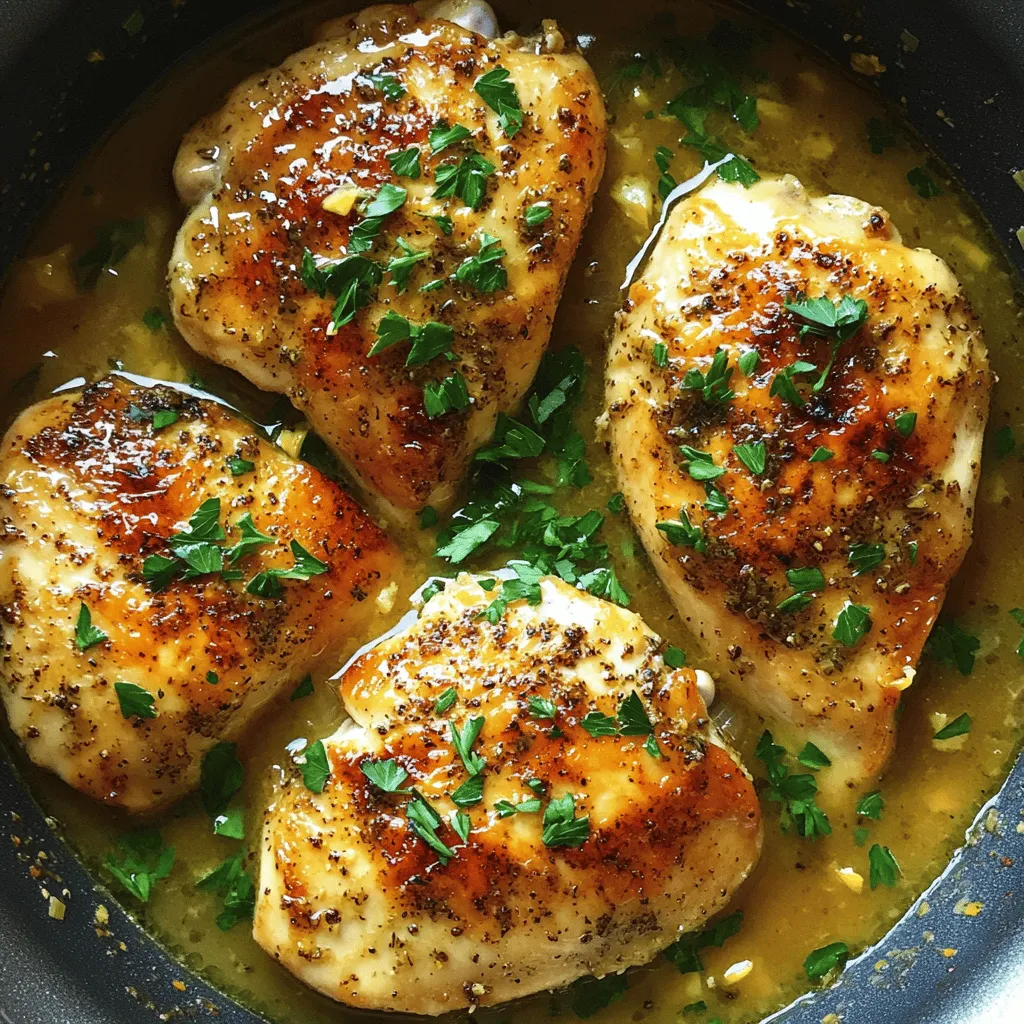
Irresistible Juicy Skillet Chicken Breasts Recipe
Looking for a quick and tasty meal? This Irresistible Juicy Skillet Chicken Breasts recipe is a game changer! With just a few simple ingredients, you
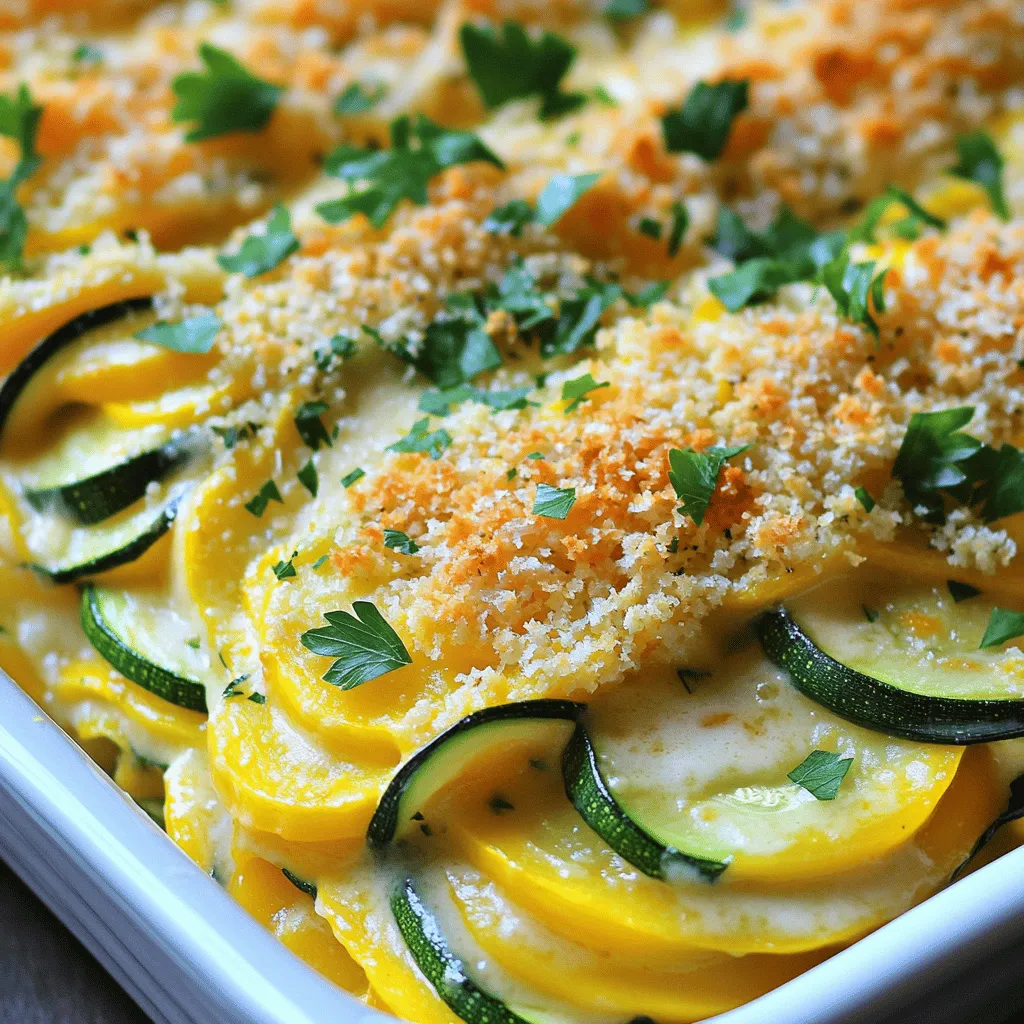
Cheesy Zucchini Squash Casserole Tasty and Simple Dish
Looking for a simple yet delicious dish? My Cheesy Zucchini Squash Casserole is the answer! This tasty casserole layers fresh zucchini and yellow squash with

Easy Zucchini Lasagna Tasty and Healthy Dinner Meal
Craving a dinner that’s both tasty and healthy? Let me share my Easy Zucchini Lasagna recipe with you. This dish delivers layers of creamy ricotta,
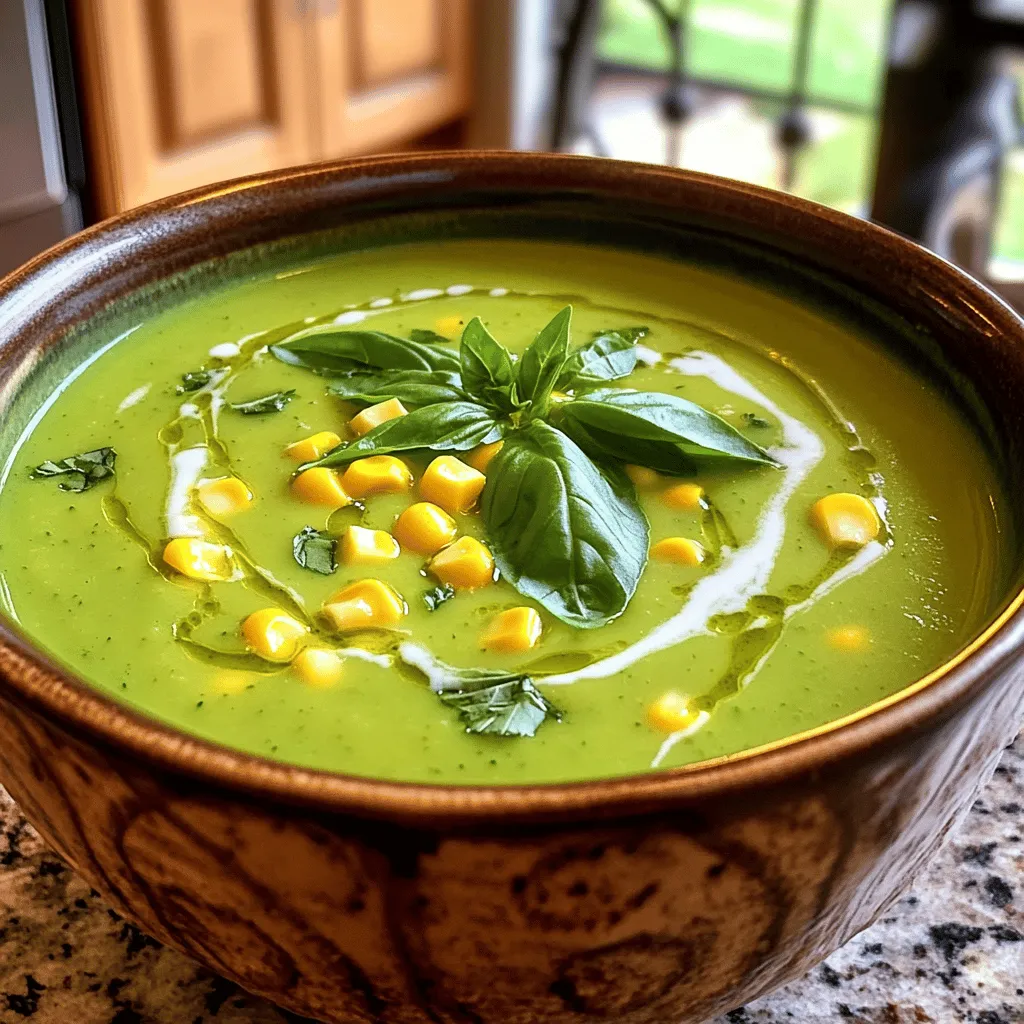
Zucchini & Sweet Corn Summer Soup Refreshing Delight
Are you ready to dive into a delicious bowl of summer? This Zucchini & Sweet Corn Summer Soup is a refreshing delight just bursting with
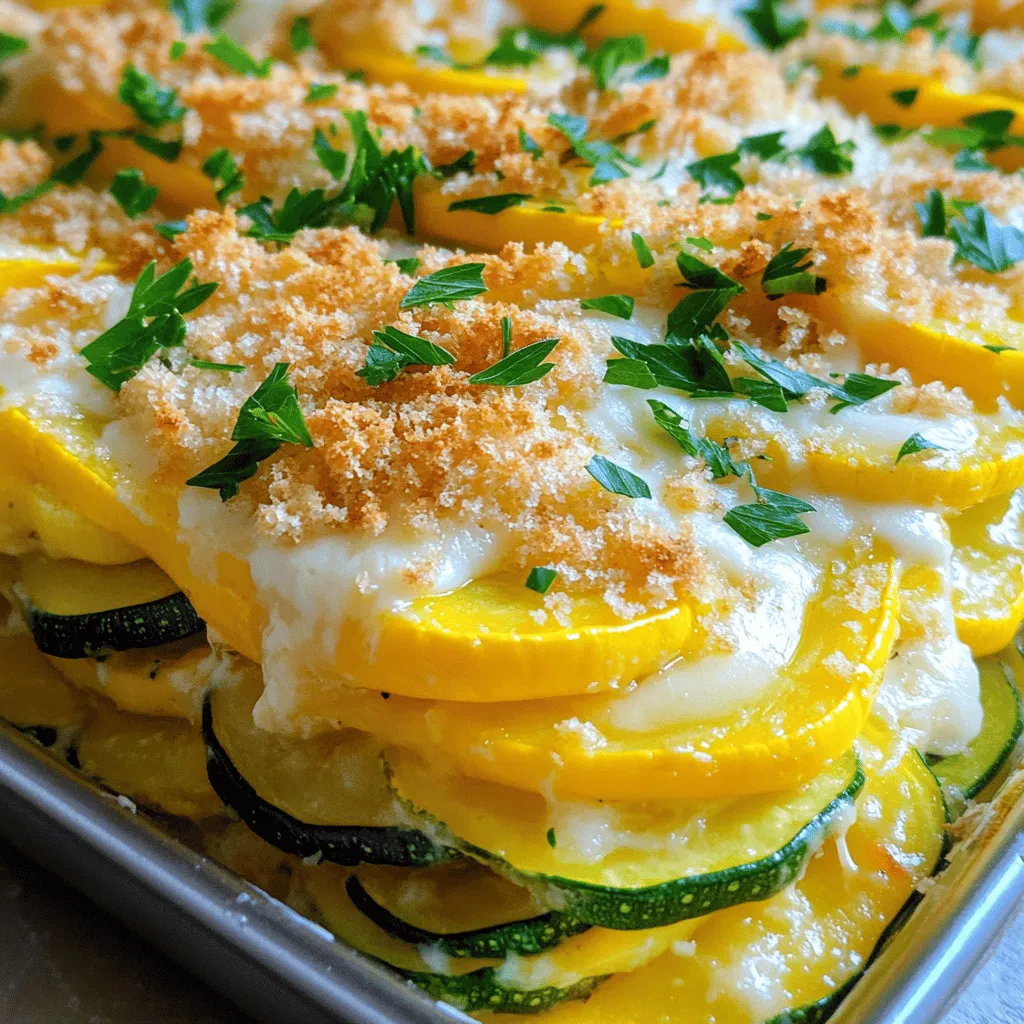
Cheesy Summer Squash and Zucchini Casserole Delight
Craving a comforting dish packed with flavor? My Cheesy Summer Squash and Zucchini Casserole is your answer! This easy-to-follow recipe brings together fresh squash, rich